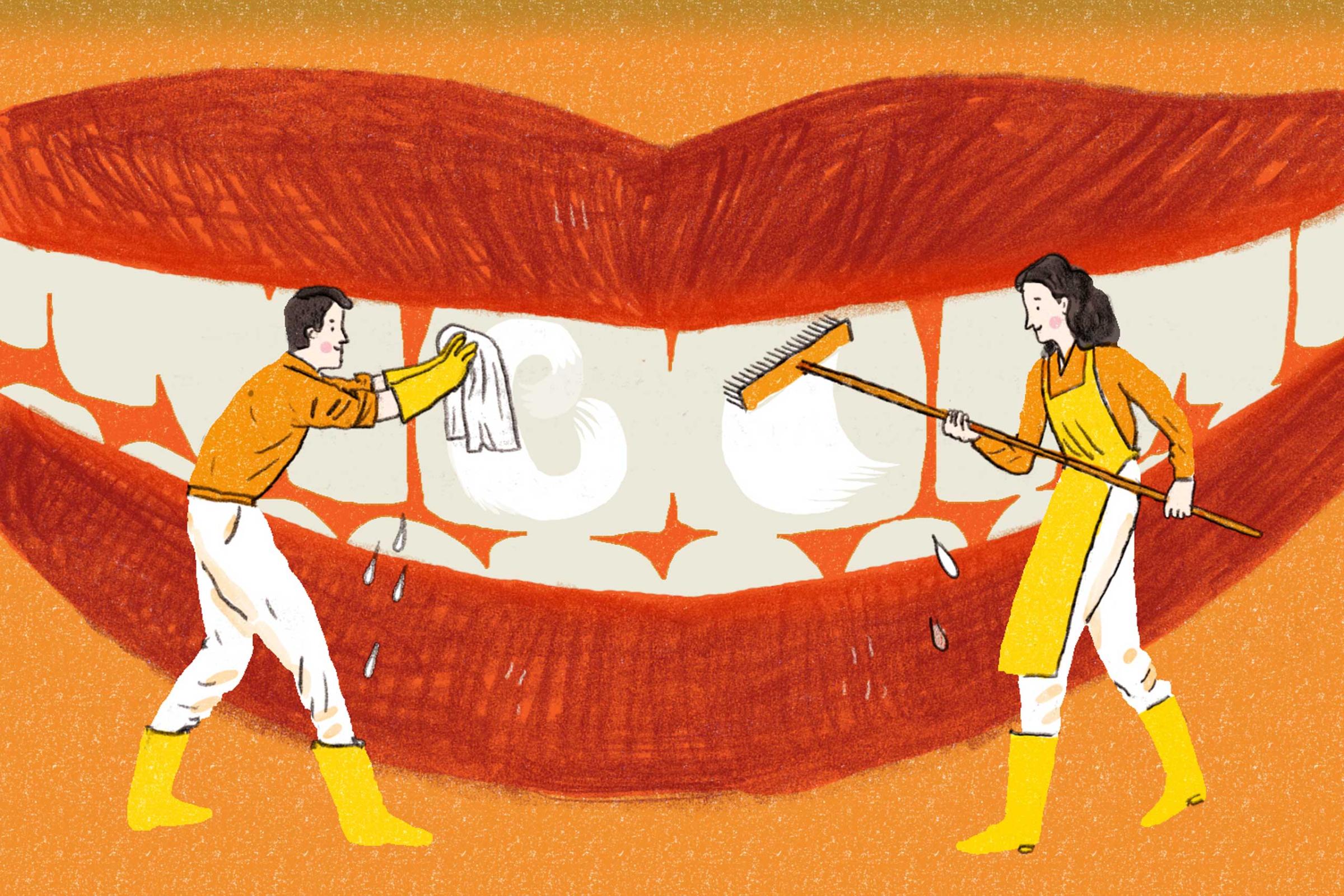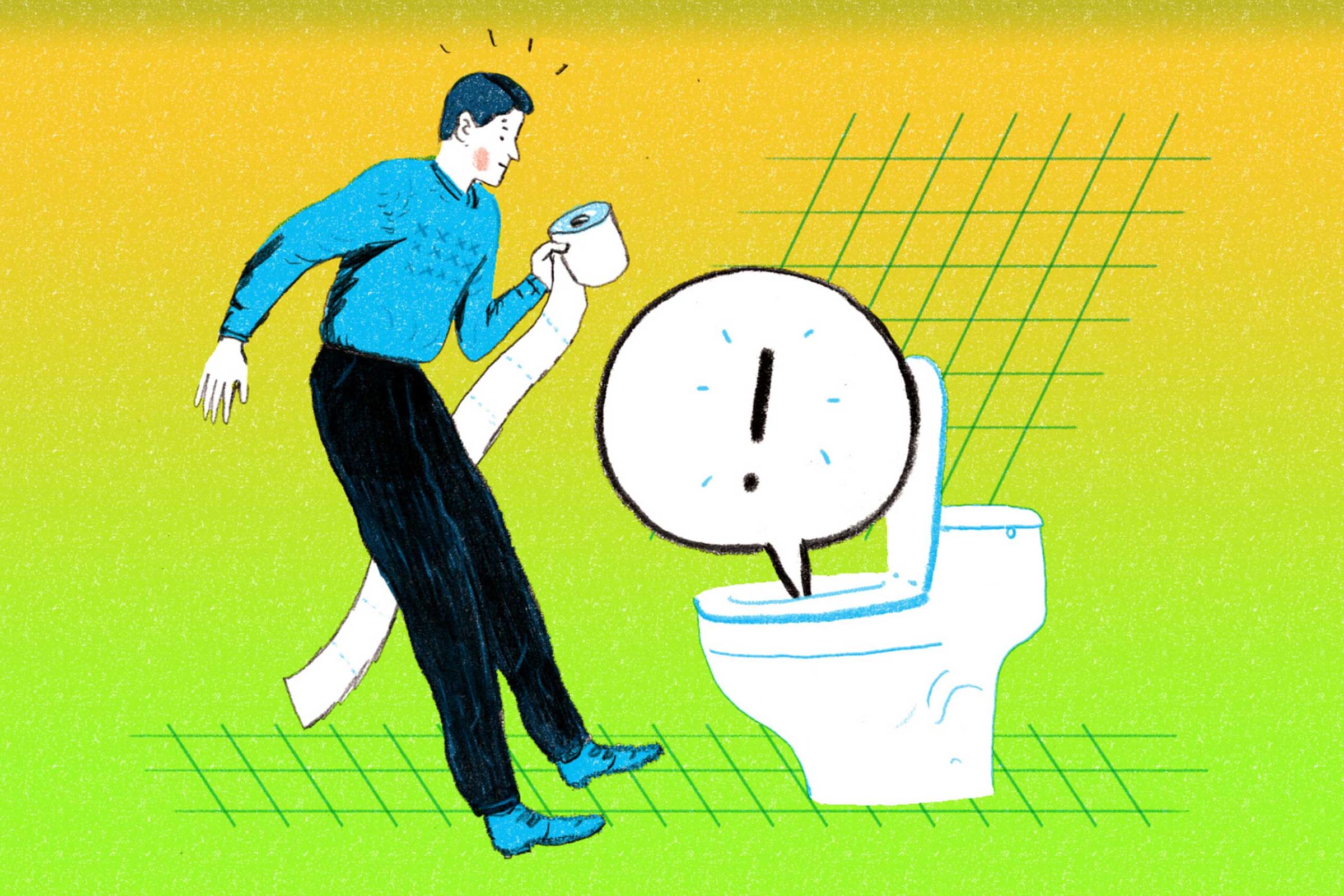
Most men know that submerging their nether-parts in hot water can mean bad news for baby-making. And of course, the question of a hot tub’s water-to-urine ratio is a constant concern. But usual suspects aside, some very scary health issues have been linked to hot tub use.
“We call it ‘hot tub lung,’” says Dr. Cecile Rose, an environmental and respiratory health expert at National Jewish Health, a medical center in Denver. Rose is describing a type of lung inflammation that she and other researchers have linked to hot tubs. A specific kind of bacteria found in public water systems—called Nontuberculous mycobacteria—ends up in the mist produced when you switch on a tub’s bubbles.
“When you turn on the jets, this bacteria becomes aerosolized, and you inhale it,” Rose explains. Once it reaches your lungs, the bacteria can cause symptoms like fever andshortness of breath. If you continue to use your tub, the inflammation persists and worsens, and can cause lasting fatigue, weight loss and other more serious side effects. “A lot of doctors don’t ask if a person with these symptoms has been using a hot tub, and people become very sick,” Rose says. “If you keep using your tub, taking antibiotics or steroids won’t do any good.”
Even if you never use the bubble jets, you may still be at risk for so-called hot tub lung. “The jets are a very efficient delivery system, but that doesn’t mean turning them off is safe,” Rose adds. And no, you can’t just crank up your water supply’s chlorine and bromine disinfectant levels. Too much of those can lead to respiratory issues too, Rose adds.
More bad news: Mycobacteria aren’t your only unwelcome bathing buddies. Another type of bacteria called Pseudomonas can cause eye, ear and skin irritations, Rose says. She also mentions a germ called Legionella that can lead to Legionnaire’s disease—a severe form of pneumonia. Like mycobacteria, Legionella gets into your system through mist or steam inhalation, according to the Centers for Disease Control and Prevention (CDC).
You Asked: Your Top 10 Health Questions Answered










“People with compromised immune systems—older adults, those with diabetes or on chemotherapy drugs—are most at risk, and the mortality rates associated with Legionnaire’s are actually quite high,” Rose explains.
That’s not all. A study in the Journal of the American Medical Association found the virus that leads to genital herpes can survive for hours on the plastic seats you’ll find in some hot tubs.
Blame the hot water temperature for most of these health hazards. Just as you enjoy a toasty soak, bacteria and germs thrive in the cozy comforts of warm water, Rose says. A report on Legionella from the CDC says higher water temperatures make it more difficult to maintain the proper disinfectant levels required to kill off the microscopic creepy crawlies that can make you ill.
That doesn’t mean all hot tubs are sickness-spreading cesspools. If you own your own tub, and you’re rigorous about cleaning it frequently, changing the water and checking its disinfectant levels, you can probably breathe easy. (Literally.) But when it comes to public pools, you might be taking a risk every time you slide down into those invitingly frothy bubbles.
More Must-Reads from TIME
- Why Biden Dropped Out
- Ukraine’s Plan to Survive Trump
- The Rise of a New Kind of Parenting Guru
- The Chaos and Commotion of the RNC in Photos
- Why We All Have a Stake in Twisters’ Success
- 8 Eating Habits That Actually Improve Your Sleep
- Welcome to the Noah Lyles Olympics
- Get Our Paris Olympics Newsletter in Your Inbox
Contact us at letters@time.com